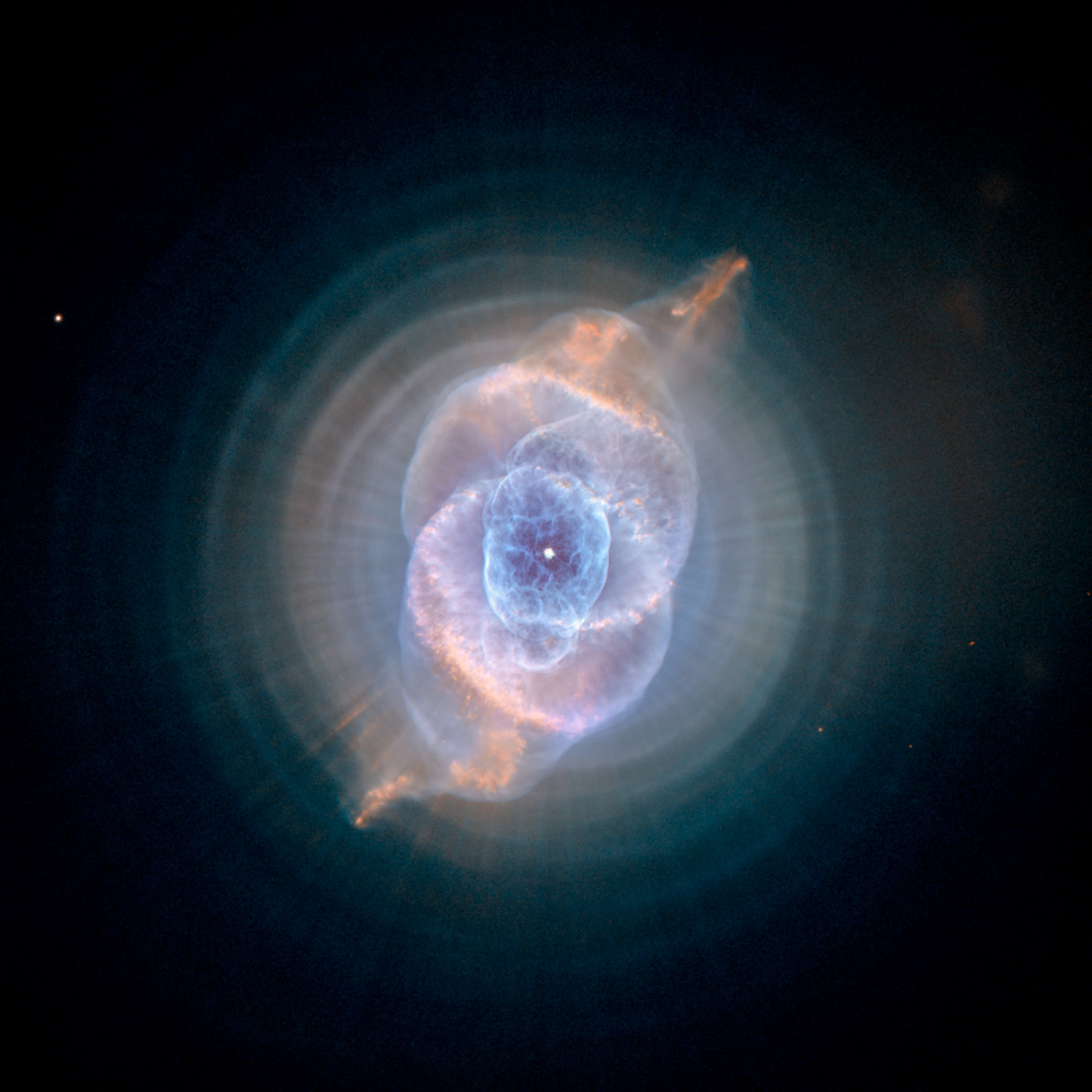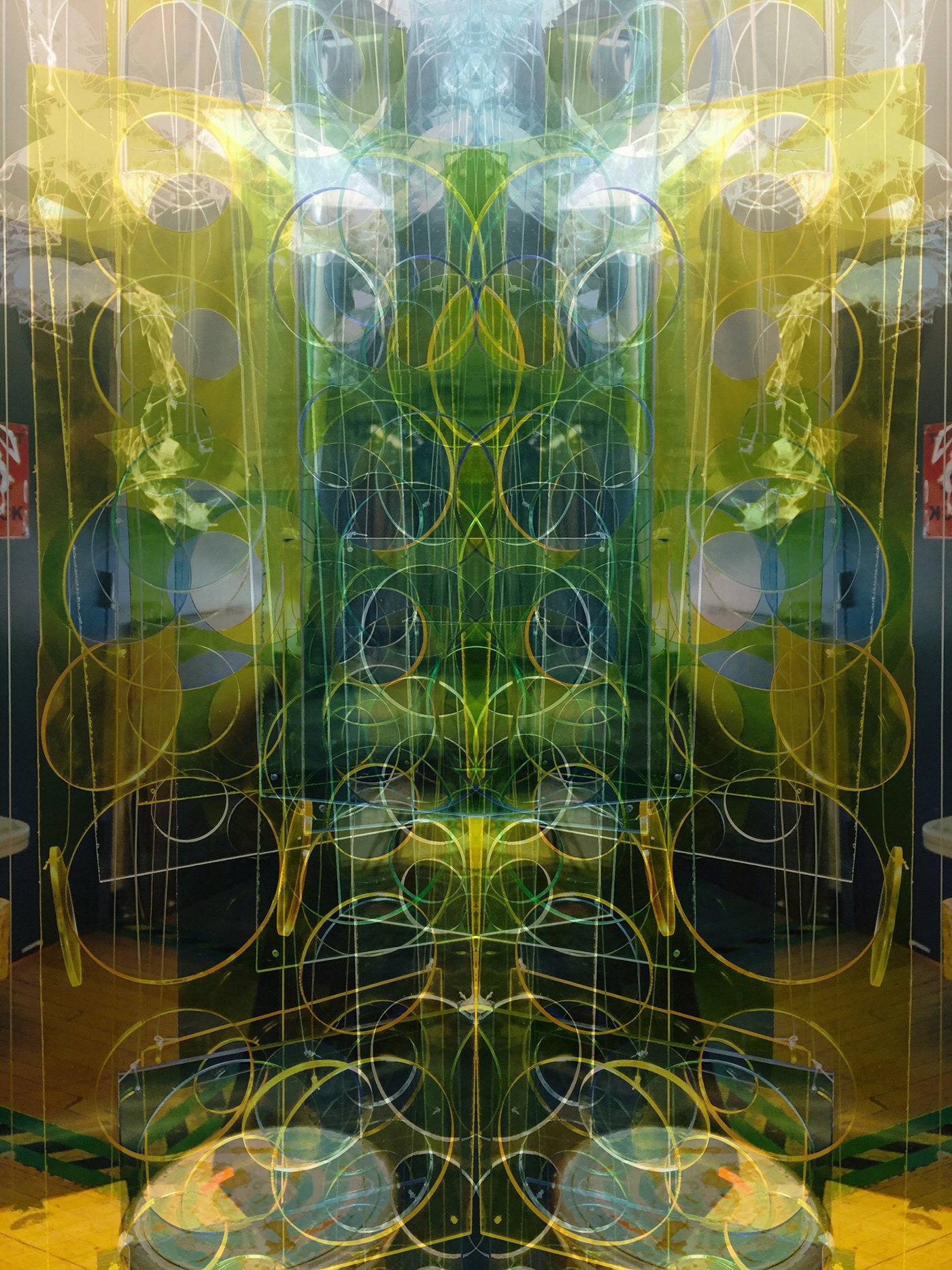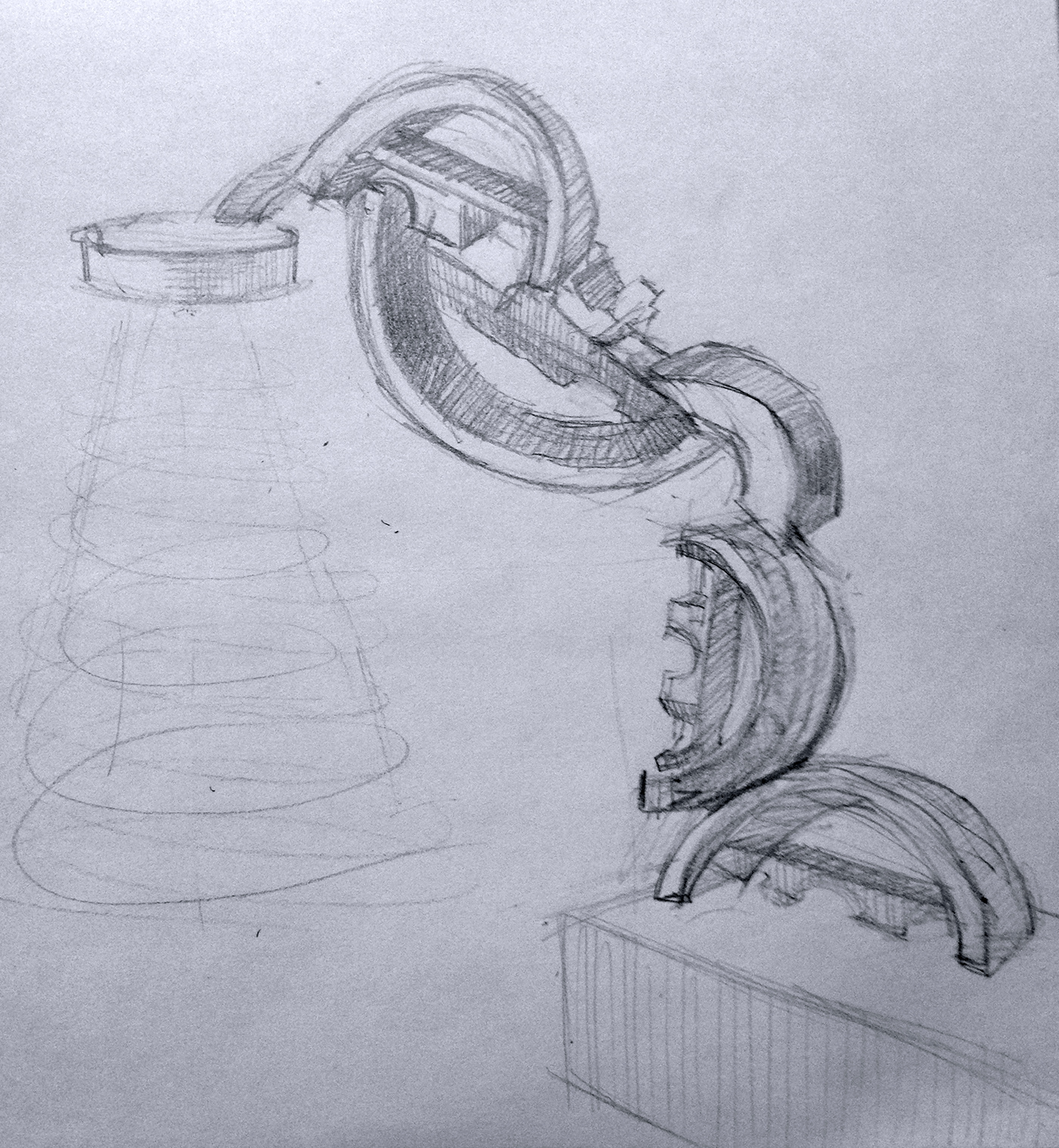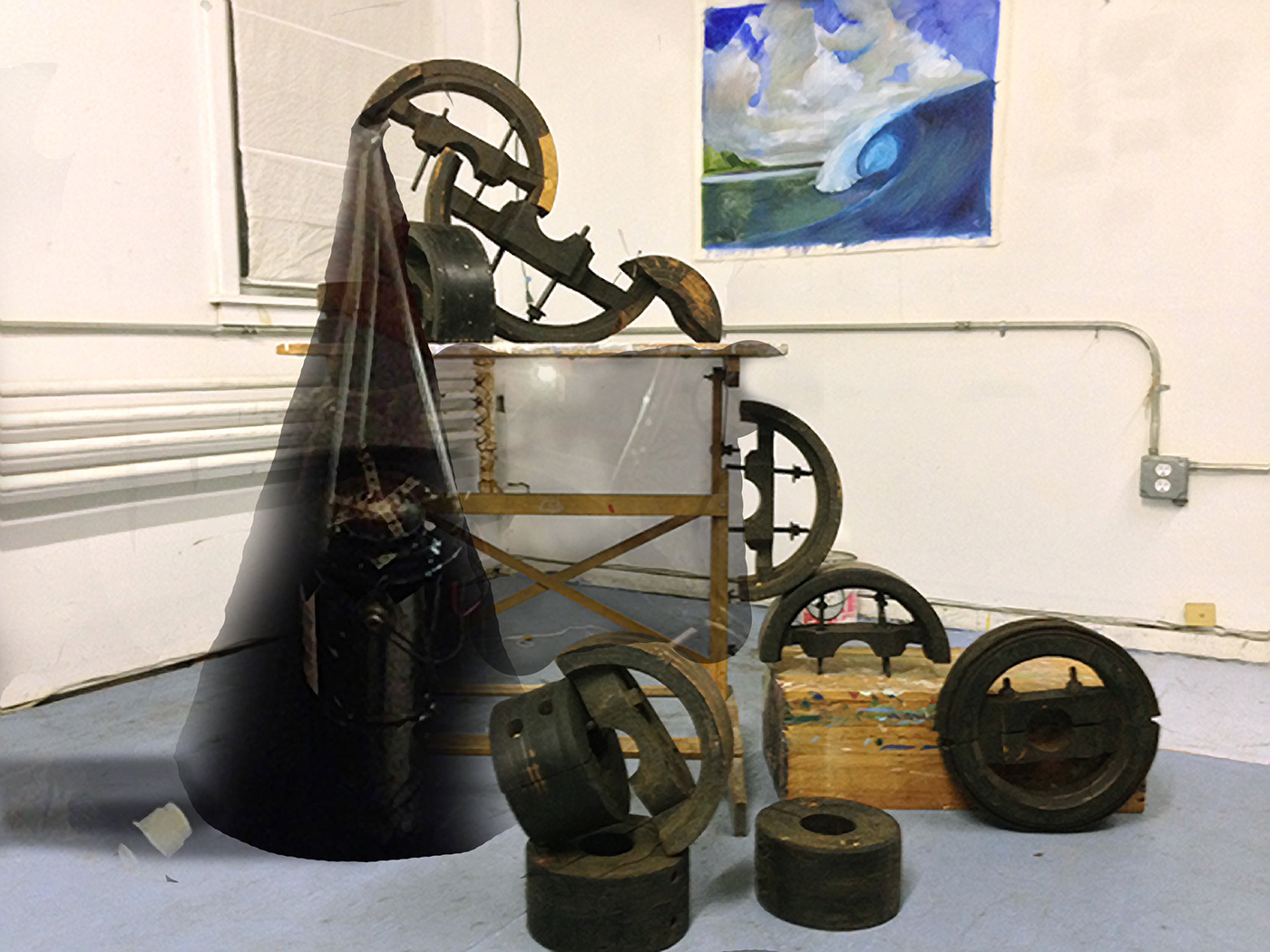Celestial Majesty: An Artist and Astrophysicist Begin Collaboration
This project that will combine science and art, to create a visual narrative about the ultimate fate of our solar system, and to educate the general public about the physics and astrophysics of planetary nebulae. Using images from the Hubble Spacecraft to construct 3 D objects, this installation is titled “Planetary Nebulae: Astrophysics and Celestial Majesty.” Large scale 3D module sculptures of Planetary Nebulae, made from blown or cast glass and other translucent materials will be painted and suspended in dark space along with projected images. These beautiful objects represent the end-of-life for stars with masses between ~0.8 and ~8 solar masses. The ultimate fate of our solar system, about 5 billion years in the future, is to become a planetary nebula.
Collaborators: Prof. Paul C. Joss, MIT, and Prof. Susan Nichter, Suffolk University Art and Design

The Glowing Eye planetary nebula, also known as NGC 6751, is located in the constellation Aquila. The nebula is about one light-year in diameter. The remnant star visible at the center of the nebula has a mass roughly the same as that of our Sun, a size comparable to the Earth's, and a surface temperature of about 250,000º F. The ultra-white hot light produced at this extreme temperature causes the gas comprising the nebula to fluoresce or glow, making the nebula and its intricate structure visible to the Hubble Space Telescope.


Student installation projects facilitated by Prof. Susan Nichter at Suffolk University







Wheels and Waves Project, Susan Nichter and Kyle Hounsell



